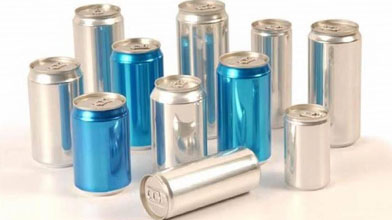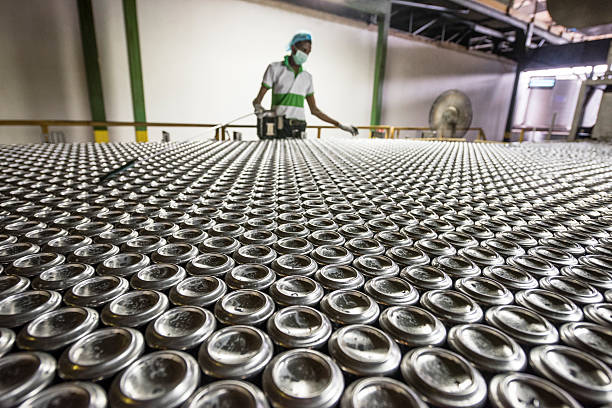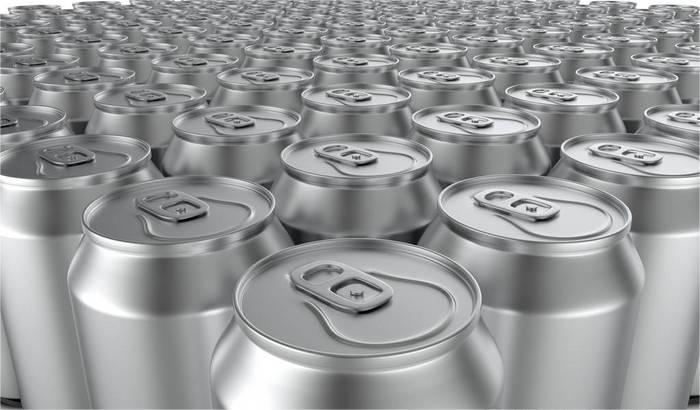Are aluminum beverage cans coated?
Oct 31, 2023
The aluminum beverage can is a ubiquitous and popular packaging solution found on store shelves across the globe. Sleek, lightweight, and recyclable, these cans have revolutionized the way we consume beverages. But have you ever wondered if aluminum beverage cans are coated? Let's explore the fascinating world of can coatings.
To ensure the quality and integrity of the beverages they hold, aluminum cans are indeed coated. The innermost layer of the can is typically coated with a protective lining, which acts as a barrier between the aluminum and the beverage. This lining serves multiple purposes, including preserving the taste, extending shelf life, and preventing any potential interactions between the beverage and the can.
The primary purpose of the coating is to prevent the beverage from coming into direct contact with the aluminum. Without a protective layer, the acidic or carbonated nature of certain beverages could cause a reaction with the metal, resulting in off-flavors, discoloration, or compromised quality. The coating acts as a shield, ensuring that the flavor and freshness of the beverage remain intact.
So, what exactly is this coating made of? The most commonly used material for can coatings is a food-grade epoxy resin. This resin is carefully formulated to meet stringent safety regulations and is proven to be non-toxic and highly resistant to corrosion. It forms a smooth and impermeable barrier that safeguards the beverage and maintains its desired characteristics.
In addition to the epoxy resin, other materials such as polyester or acrylic can also be used in can coatings, depending on the specific requirements of the beverage and the manufacturer's preferences. These coatings not only provide a protective layer but also enhance the visual appeal of the can, allowing for vibrant and eye-catching designs.
It's worth noting that the coatings used in aluminum beverage cans undergo rigorous testing and evaluation to ensure their safety and compliance with regulatory standards. Authorities around the world closely monitor and regulate the materials used in can coatings to safeguard consumer health and wellbeing.
Furthermore, the coating process is carefully controlled to maintain consistency and uniformity. Specialized equipment applies the coating to the inner surface of the can, ensuring precise coverage and adherence. This meticulous process guarantees that every can meets the highest quality standards.
So, the next time you crack open a refreshing beverage from an aluminum can, remember that it is protected by a coating specially designed to preserve its quality and taste. The coating acts as an invisible guardian, ensuring that each sip remains as delightful as the first.
In conclusion, aluminum beverage cans are indeed coated with a protective lining. This coating not only safeguards the beverage from any potential interactions with the metal but also helps in maintaining its taste, quality, and freshness. So, the next time you enjoy your favorite drink from a cold, crisp aluminum can, appreciate the science behind the coating that enhances your drinking experience.


